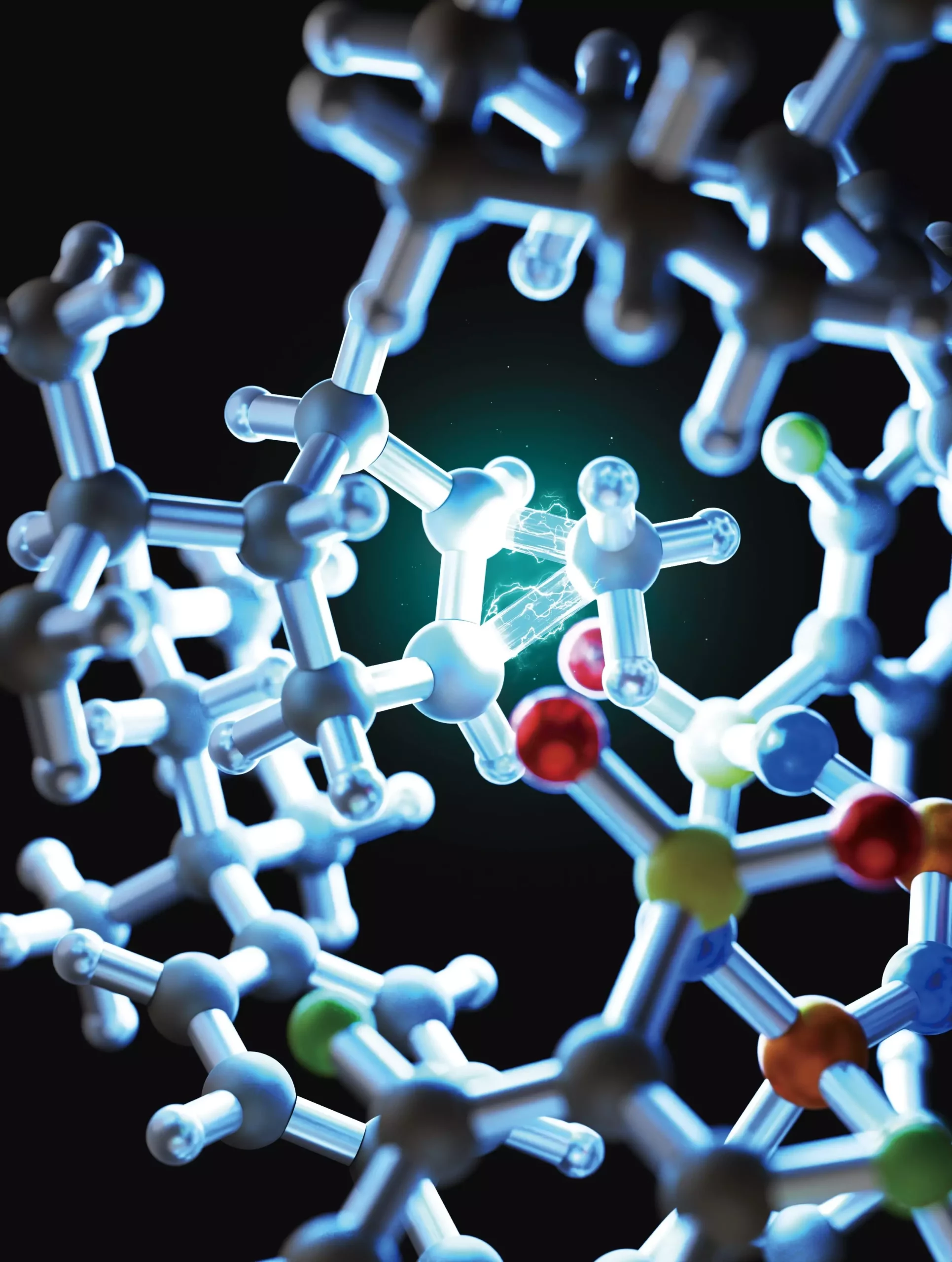The realm of organic chemistry has long been overshadowed by the challenge of activating alkanes, compounds that are foundational to many industrial applications, including pharmaceuticals and materials production. Recent research from Hokkaido University in Japan has unveiled an unprecedented method to transform these stable hydrocarbons into more reactive and useful compounds. This advancement not only enhances the efficiency of chemical processes but also opens new pathways for innovative material development. The implications of this discovery are vast, promising breakthroughs in how we synthesize vital substances ranging from life-saving medications to advanced synthetic materials.
Alkanes, while being major constituents of fossil fuels, are notoriously stable due to their robust carbon-carbon bonds. This stability is a double-edged sword; on one hand, it makes them plentiful, while on the other, it complicates the chemist’s task of converting them into valuable chemicals. Traditionally, chemists have employed methods like cracking to break down long-chain alkanes into more useful compounds. However, this process often results in a muddled mixture of products, complicating the isolation of specific desired outcomes.
The prevalent mechanism behind these reactions involves intermediates, such as carbonium ions, characterized by carbon atoms bonded to an atypical number of groups. This creates a highly reactive environment that is difficult to control, leading to inconsistencies in the end products. The challenge, therefore, lies in not only breaking these strong bonds but doing so in a manner that allows for the predictable production of desirable compounds.
In addressing these challenges, researchers turned their attention to cyclopropanes, a subtype of alkanes with a ring structure that inherently offers increased reactivity. The potential of these compounds lies in their ability to fragment more readily than their linear counterparts, presenting an appealing target for chemists seeking to produce valuable molecules. However, controlling the fragmentation process remained complex, with previous techniques yielding indistinct product mixtures hindering the efficiency of alkane conversion.
The breakthrough achieved by the research team involved the application of imidodiphosphorimidate (IDPi), a novel class of chiral Brønsted acids that significantly enhance the reactivity of cyclopropanes. By harnessing the strong proton-donating capabilities of these acids, scientists were able to activate cyclopropane substrates within confined microenvironments. This containment not only boosts selectivity but enables a controlled fragmentation of cyclopropanes into alkenes, guiding the reaction towards targeted outcomes.
A key feature of this new method is its emphasis on stereoselectivity—the ability to control the spatial arrangement of atoms in the resulting products. As highlighted by Professor Benjamin List, this precision is immensely valuable in sectors like pharmaceuticals, where the slightest variation in molecular structure can dramatically influence biological function. The ability to finely tune the arrangement of atoms allows for the synthesis of specific compounds tailored for particular applications, streamlining the pathway from raw material to finished product.
Moreover, the research team’s systematic optimization of the IDPi catalyst underpins the success of this study. By methodically refining the structure of the catalyst, they were able to improve yield and specificity in the desired reactions. Associate Professor Nobuya Tsuji emphasized the role of advanced computational simulations in visualizing the interactions between the acid and cyclopropane, enabling the team to fine-tune the entire process for optimal results.
The researchers’ method has been demonstrated on a diverse range of compounds, suggesting a significant breadth of applicability. The ability to transition from simple cyclopropane structures to more complex molecular architectures positions this technique as a game-changer in chemical synthesis. By efficiently converting commonplace hydrocarbon sources into high-value chemicals, this discovery holds the potential to revolutionize production processes across several industries, from medicine to materials science.
The perspective of achieving precise and efficient chemical transformations offers an exhilarating glimpse into the future of organic chemistry. As researchers continue to explore the capabilities of chiral Brønsted acids like IDPi, we may find ourselves entering a new chapter where the synthesis of complex molecules becomes less daunting, ultimately benefiting society through the creation of advanced materials and innovative pharmaceutical solutions. By bridging the gap between fundamental research and practical application, Hokkaido University’s advancements shine a light on the promising future of organic synthesis.


Leave a Reply